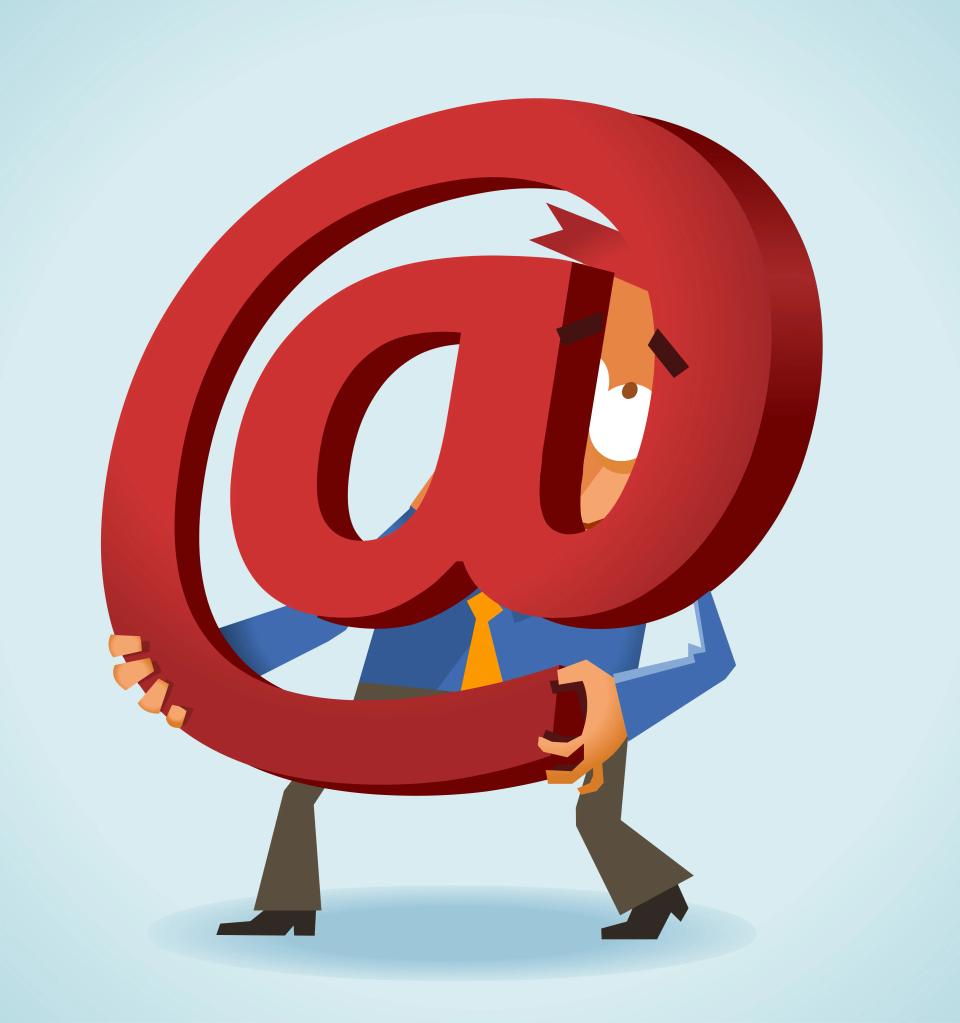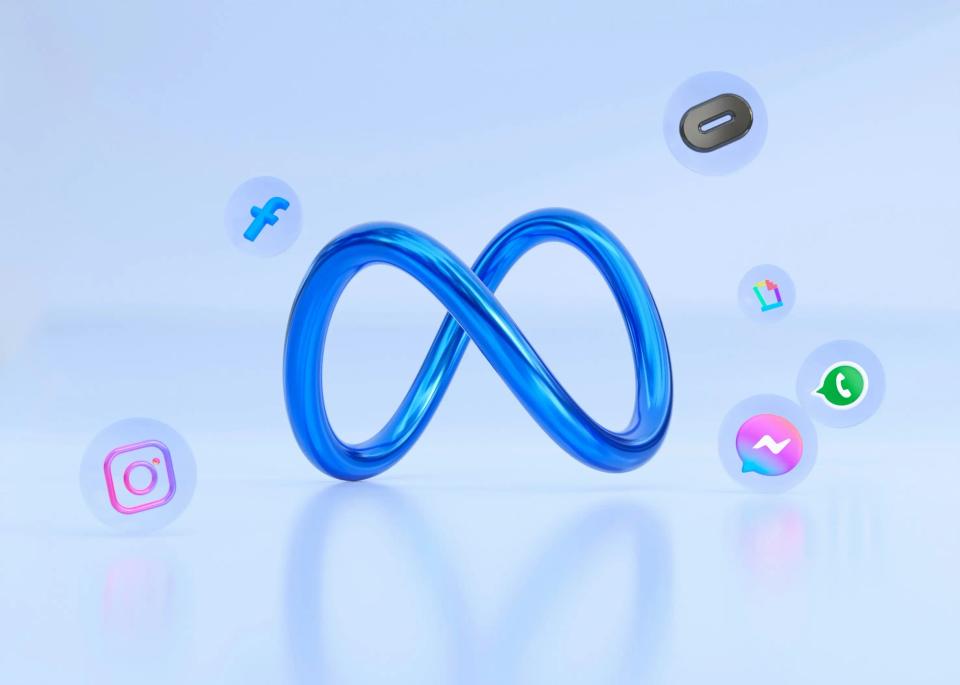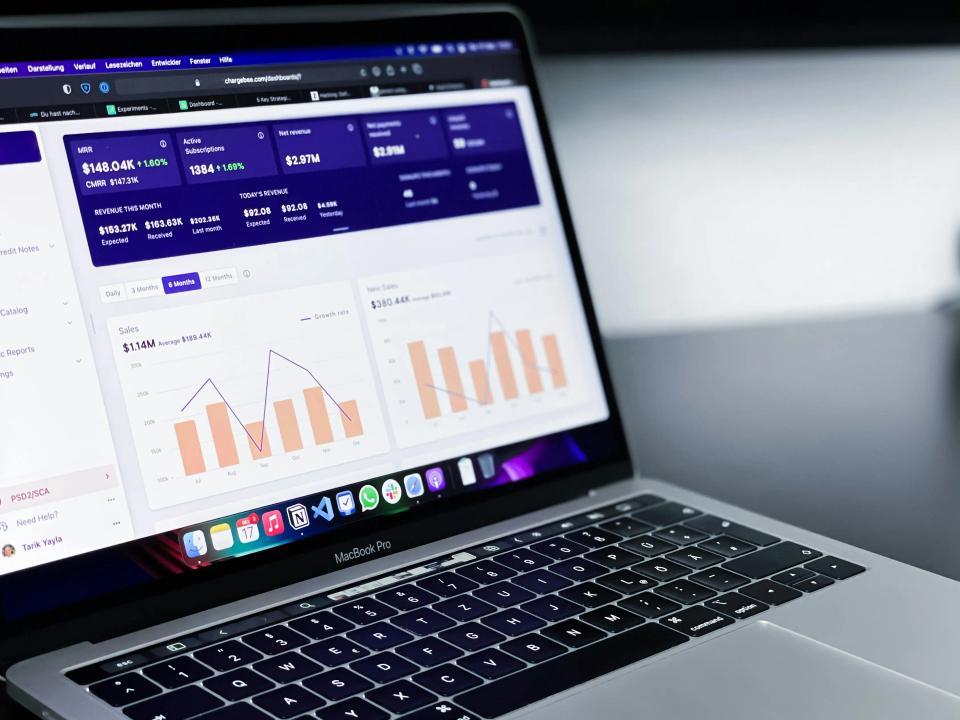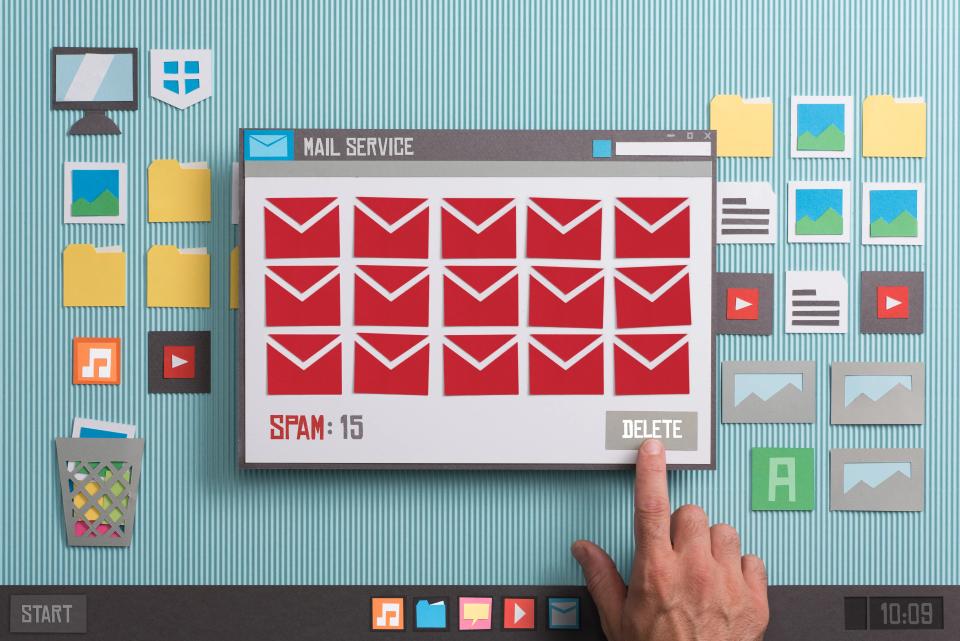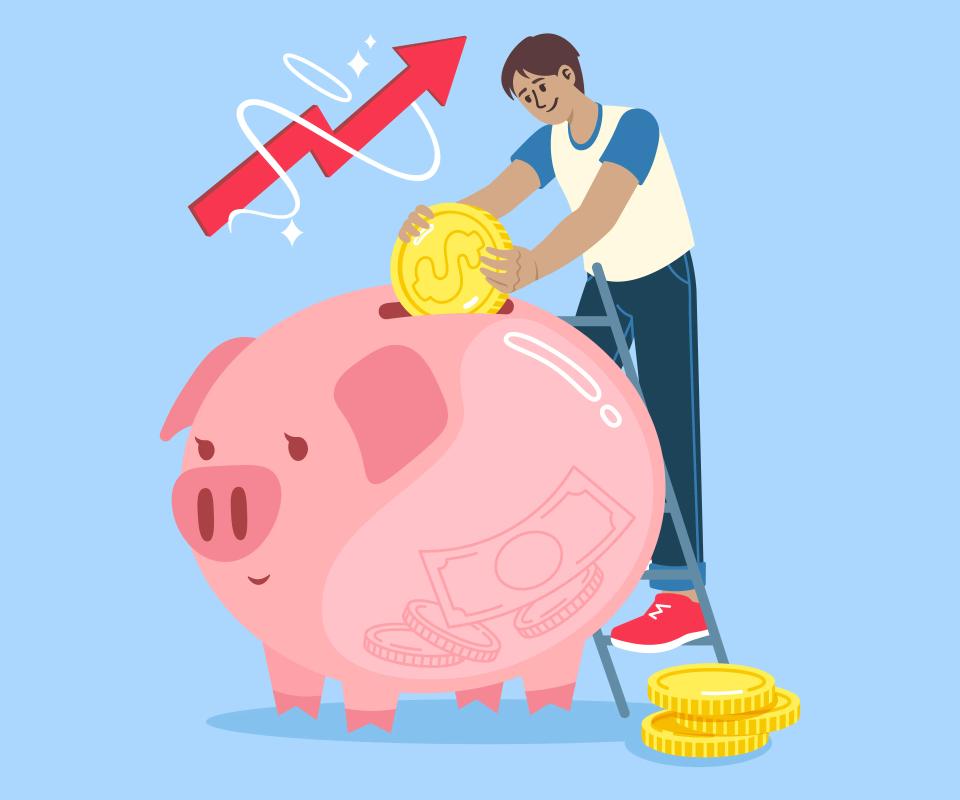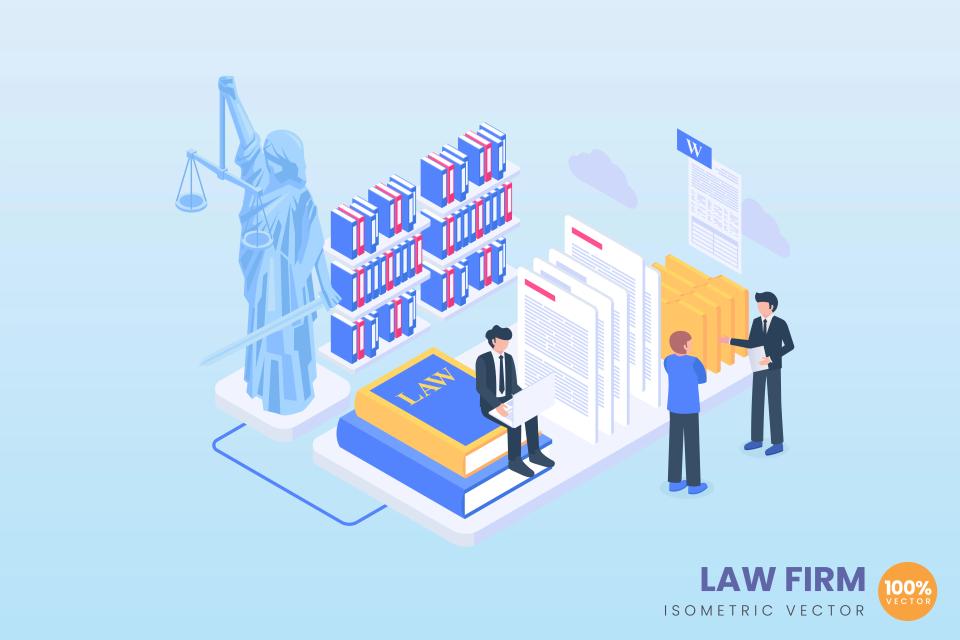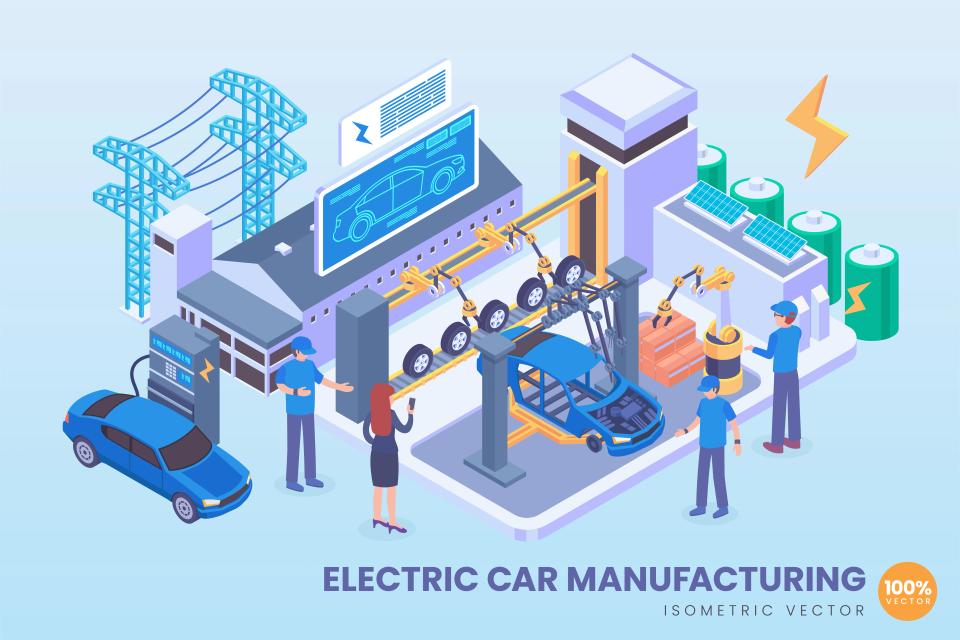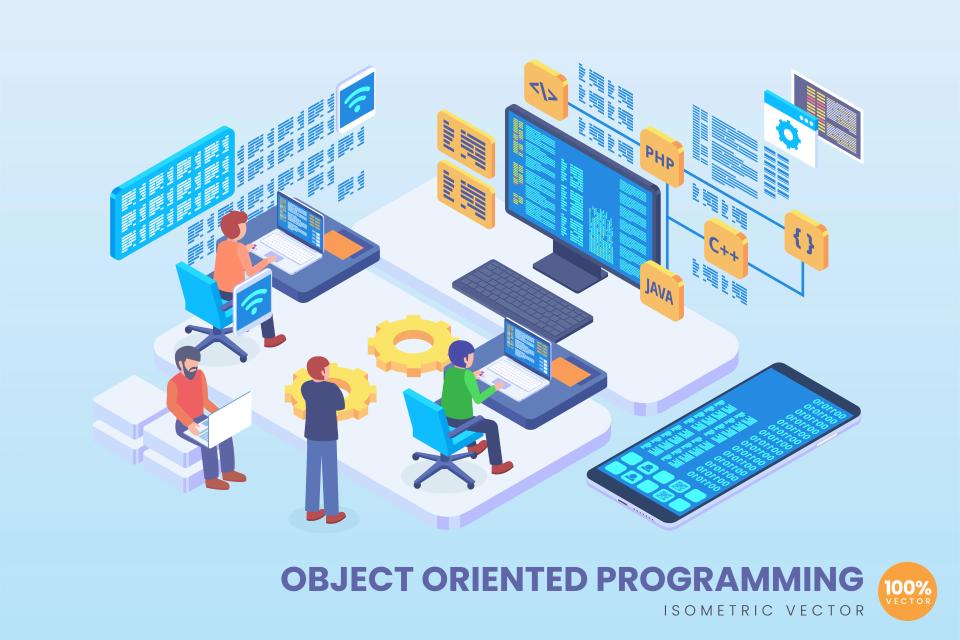Tired of your B2B leads going cold? Frustrated that your email "automation" feels more like a leaky bucket than a powerful magnet pulling prospects closer to a sale? You’re not alone. Many B2B marketers are stuck in first gear, using basic email sequences that barely scratch the surface. The stark reality is that generic outreach in today's complex B2B buying journey is a recipe for disaster, with a staggering 67% of buyers using junk mailboxes to avoid irrelevant outreach.
The problem is clear: your prospects are drowning in a sea of sameness. They crave relevance, personalization, and value, not another bland, one-size-fits-all email. If your nurturing efforts feel like shouting into the void, it’s because they probably are. But what if you could change that? What if you could transform your email marketing into a precision-guided system that speaks directly to each lead’s deepest needs and desires?
This isn't just another blog post rehashing the basics. We're diving deep into advanced email marketing automation for B2B lead nurturing. Forget simple welcome emails; we're talking sophisticated, multi-layered strategies designed to captivate, convince, and convert. At CaptivateClick, we live and breathe strategic marketing, and we understand the intricate dance of B2B engagement. Get ready for actionable insights on crafting complex workflows, achieving hyper-segmentation that actually works, delivering deep personalization that feels one-to-one, and measuring performance with pinpoint accuracy.
Laying the Foundation: Prerequisites for Advanced Automation Success
Before you can build a skyscraper, you need a rock-solid foundation. The same principle applies to advanced email automation. Without the right groundwork, even the most sophisticated strategies will crumble.
First and foremost, let's talk about your data. Clean and enriched data is the absolute bedrock of effective automation. If your CRM is a mess of inaccuracies and outdated information, you're building on quicksand. Shockingly, 45% of marketing emails land in spam folders due to poor list quality. Regular data hygiene practices, like those detailed in data hygiene best practices guides, and progressive profiling are not just nice-to-haves; they are essential for survival.
Next, you need crystal clear lead stages and definitions. What truly separates a Marketing Qualified Lead (MQL) from a Sales Qualified Lead (SQL) in your organization? Without a universally understood definition and a seamless handoff process, marketing and sales will constantly be out of sync, leading to lost opportunities and wasted effort. Defining these stages, as outlined in resources on the MQL vs SQL difference, is crucial.
Finally, you must deeply understand the B2B buyer's journey. This isn't a linear path; it's a complex web of research, evaluation, and internal discussions, often involving 6-10 decision-makers. You need to map your content and touchpoints meticulously to each stage – awareness, consideration, and decision – ensuring your message resonates at every step. And while we won't dive deep into specific brands here, investing in a robust marketing automation platform that supports advanced features, like those discussed in guides to essential digital marketing tools, is non-negotiable for executing these strategies.
Hyper-Segmentation: Talking to the Right Leads, at the Right Time, with the Right Message
Think your current segmentation by industry or company size is cutting it? Think again. In the demanding world of B2B, basic segmentation is like using a blunt axe when you need a scalpel. To truly connect and convert, you need to embrace hyper-segmentation. This is where your B2B email automation strategies start to deliver serious power.
Advanced Segmentation Strategies
Why isn't basic segmentation enough? Because B2B buyers are sophisticated. They expect you to understand their specific challenges, their company's unique context, and their individual role in the decision-making process. Generic messages get ignored; hyper-targeted messages get results. Organizations using hyper-segmentation report 30% higher open rates and 50% improved CTRs.
Let's explore some advanced tactics:
- Behavioral Segmentation: This is about tracking what your leads do, not just who they are. Are they visiting specific pages on your website, like the pricing page multiple times? Have they downloaded a particular whitepaper or attended a webinar? This digital body language is gold. For instance, workflows triggered by specific content downloads can generate CTRs as high as 3.18% in B2B.
- Firmographic & Technographic Segmentation: Go deeper than just industry. What specific technologies are they using (their tech stack)? What's their funding stage or growth trajectory? Understanding these details, as highlighted in discussions on B2B market segmentation, allows for incredibly tailored messaging. Imagine sending a migration guide to a company you know uses a competitor's platform!
- Lead Scoring Integration: Your lead scoring system shouldn't operate in a vacuum. Use it to dynamically segment leads. As a lead's score increases, indicating greater engagement and readiness, they can be moved into more sales-focused nurturing tracks. This ensures your hottest leads get the attention they deserve, precisely when they're ready.
- Account-Based Marketing (ABM) Segments: For your highest-value target accounts, create bespoke segments. ABM demands a highly personalized approach, and your email automation should reflect that, delivering messaging crafted specifically for the key players within those organizations.
By layering these segmentation strategies, you move from mass communication to meaningful conversations. You start speaking their language, addressing their specific pain points, and positioning your solution as the undeniable answer.
Designing Sophisticated Automated Email Workflows for B2B
Forget those tired, linear drip campaigns that send the same three emails to everyone. We're in the era of dynamic, trigger-based automated email workflows that adapt and respond to your B2B leads' actions in real-time. This is where the magic truly happens, transforming your email marketing from a passive announcer to an active, intelligent selling partner.
Beyond Drip Campaigns: Dynamic & Trigger-Based Workflows
The modern B2B buyer won't tolerate a one-size-fits-all approach. They expect interactions that are relevant to their specific needs and stage in the buying journey. Dynamic workflows, powered by behavioral triggers and intelligent logic, deliver precisely that. These aren't just sequences; they are responsive conversations.
Examples of Advanced 'Automated Email Workflows'
Let's paint a picture of what's possible:
- Content-Driven Nurturing: Imagine a lead downloads your whitepaper on "AI in Manufacturing." Instead of a generic thank you, they enter a workflow that delivers related case studies, invites them to a webinar on smart factory solutions, and shares testimonials from other manufacturing clients. This targeted approach, focusing on optimizing Marketo or similar platforms, can significantly boost engagement.
- Engagement-Based Re-Engagement: What about leads who've gone cold? Don't just let them wither. A re-engagement workflow can be triggered by inactivity, offering fresh, valuable content based on their last known interest or a compelling industry benchmark report, similar to strategies used in Mailchimp workflow re-engagement.
- High-Intent Signal Workflows: When a lead visits your pricing page three times in a week or repeatedly views a specific product feature page, that’s a flashing buy signal! An automated workflow can instantly alert a sales rep while simultaneously sending the lead a perfectly timed email with a demo offer or a direct line to a specialist. According to research, when leads view pricing pages multiple times, automated sales alerts can trigger within 5 minutes.
- Post-Demo/Meeting Nurturing: The conversation doesn't end after the demo. Tailored follow-up sequences, referencing specific discussion points and agreed-upon next steps, can dramatically improve progression to the next stage. Automating this ensures consistency and professionalism.
- Onboarding for New Clients: For B2B services, the nurturing doesn't stop at the sale. An automated onboarding workflow can guide new clients, ensuring they realize value quickly, which is crucial for long-term retention and advocacy.
Incorporating branching logic (If/Then scenarios) is key to this sophistication. If a lead clicks on Link A, they go down Path 1; if they ignore it but open Email B, they go down Path 2. This adaptability ensures your communication remains relevant. Finally, time delays and cadence optimization are critical; B2B emails sent on Tuesdays at 10 AM local time often achieve 19.3% open rates, but testing is paramount to find your audience's sweet spot.
Deep Personalization: Making Every B2B Email Feel One-to-One
Stop addressing your leads with a generic "Dear Valued Customer." If you're still relying solely on the [First Name] merge field, you're lightyears behind. True B2B lead nurturing demands deep personalization, making every email feel like it was crafted exclusively for the recipient. This is where your lead nurturing email tactics transform from basic to brilliant.
Moving Beyond [First Name]
Basic personalization is table stakes; it’s expected. But in the competitive B2B landscape, it’s simply not enough to capture attention, let alone drive action. Your prospects are savvy; they can spot a thinly veiled template a mile away. The goal is to make them feel understood, valued, and individually catered to.
Advanced Personalization Techniques ('Lead Nurturing Email Tactics')
Ready to make your emails irresistible?
- Dynamic Content Blocks: This is a game-changer. Imagine an email where entire sections – calls-to-action, case studies, testimonials, even images – change automatically based on the recipient's segment, industry, stated pain points, or previous engagement. For example, dynamic content blocks tailored to a lead’s tech stack can increase demo requests by 22%.
- Personalized Subject Lines & Preview Text: Your subject line is your first impression. Make it count! Use behavioral data (e.g., "Following up on your interest in X feature") or firmographics (e.g., "Solutions for [Industry] growth challenges") to dramatically increase open rates. Dynamic subject lines referencing recent webinar attendance can boost opens by 18%.
- Personalized Content Recommendations: Don't just send content; send the right content. Based on their journey stage and interaction history, suggest blog posts, case studies, or tools that are hyper-relevant to their current needs. This positions you as a valuable resource, not just a vendor.
- Sender Personalization: As leads become warmer and reach a certain engagement score or MQL/SQL stage, emails can automatically start coming from a specific sales representative assigned to them. This creates a more personal connection and smooths the transition to a sales conversation. Shifting emails from
marketing@to named account executives can lift reply rates by 24%.
Leveraging your CRM data is paramount for this level of rich personalization. Custom fields, interaction history, and purchase data all become fuel for crafting emails that resonate deeply and drive your prospects toward conversion. This is a core component of AI-powered lead generation tools and techniques that truly make a difference.
Integrating Sales & Marketing: The Automated Handoff & Feedback Loop
Is there a chasm between your sales and marketing teams? Do leads get lost in translation, or worse, fall through the cracks entirely? Advanced email automation isn't just a marketing tool; it's a powerful bridge that creates a seamless, automated handoff and a crucial feedback loop, ensuring both teams work in perfect harmony.
Automated MQL to SQL Handoff
The moment a lead meets your meticulously defined SQL criteria, the clock starts ticking. Manual handoffs are slow, prone to error, and can kill momentum. Automation ensures lightning-fast action. Imagine triggering instant notifications to the right sales rep, complete with the lead's full activity history, providing all the context they need for a compelling conversation. Real-time CRM integration can reduce lead response times by a massive 68%.
This automated process can also handle intelligent lead assignment. Based on territory, industry specialty, or a round-robin system, leads are routed to the best-equipped salesperson without delay. This ensures that high-intent leads, like those who have viewed pricing pages multiple times, receive follow-up within that critical window, often leading to automated sales alerts triggering within 5 minutes.
CRM Integration for Seamless Data Flow
Your marketing automation platform and CRM should be best friends, constantly talking and sharing information. This perfect sync is non-negotiable. Every email open, click, download, and page visit captured by your automation tool should flow directly into the CRM, enriching the lead record and giving sales invaluable insights. This seamless data flow is a cornerstone of many essential tools for advanced digital marketing.
Furthermore, automation can create tasks directly in the CRM for sales reps. For example: “Follow up with Lead X who just downloaded the enterprise pricing guide” or “Schedule a call with Contact Y who attended the advanced features webinar.” This eliminates manual data entry and ensures no opportunity is missed. Sales feedback workflows are equally vital; if sales marks a lead as "not ready," automation can re-enroll them into a longer-term nurture stream, potentially recovering 14% of stalled opportunities.
Measuring What Matters: Advanced Metrics & Continuous Optimization
Are you still fixated on just open rates and click-through rates? While these metrics offer a glimpse, they barely scratch the surface of what truly matters in B2B lead nurturing. To drive real growth and prove the ROI of your advanced automation efforts, you need to dig deeper into metrics that reflect pipeline movement and revenue impact.
Beyond Open and Click-Through Rates
It's time to elevate your measurement game. Focus on:
- Conversion Rates at Each Stage: How many raw leads become MQLs? How many MQLs convert to SQLs? And crucially, how many SQLs transform into paying customers? Tracking these micro-conversions reveals bottlenecks and areas for improvement in your funnel.
- Pipeline Velocity: How quickly are leads moving through your sales funnel? The formula ( Velocity = (Opportunities × Win Rate × Deal Size) / Sales Cycle Days ) is your friend here. Reducing your sales cycle time, even slightly, can significantly impact revenue; for instance, cutting a cycle from 60 to 45 days can increase daily revenue by 33%.
- Revenue Attribution: This is the holy grail – directly connecting your email marketing efforts to actual sales. While complex, robust tracking and attribution models, like those discussed in guides on revenue attribution, are essential to demonstrate the true value of your nurturing programs.
- Engagement Score Trends: Don't just look at a lead's current score; monitor how their engagement changes over time within specific workflows. Are certain sequences boosting engagement more effectively than others?
A/B Testing Advanced Elements
Continuous optimization is the name of the game. A/B testing shouldn't be limited to subject lines. Test entire workflows against each other. Pit different personalization strategies head-to-head. Experiment with the effectiveness of various segmentation criteria. A/B testing workflow variants, such as video emails versus whitepaper offers, can help identify top performers that yield 15% higher SQL conversion.
This iterative improvement, fueled by hard data, is what separates high-performing B2B marketers from the rest. Use these insights to constantly refine your workflows, content, and segmentation, ensuring your automation engine is always running at peak efficiency. This data-driven approach is fundamental to all next-level digital marketing strategies for small business expansion.
How CaptivateClick Can Help You Implement Advanced B2B Email Automation
Feeling overwhelmed by the possibilities, or perhaps excited by the potential but unsure where to start? That's where CaptivateClick steps in. We don't just talk about advanced B2B email automation; we build, implement, and optimize these powerful engines for our clients every single day.
Our expertise in Lead Generation and strategic Email Outreach means we design and implement the sophisticated automation strategies discussed here, tailored precisely to your unique business needs and target audience. We ensure your email UI/UX is captivating, your messaging is razor-sharp, and every touchpoint is optimized for maximum Conversion Optimization. Furthermore, our overarching Brand Strategy services ensure that every email communication is consistently on-brand, reinforcing your value proposition and building lasting trust.
We don't just set up tools; we build comprehensive B2B lead nurturing engines designed to fuel your growth. We focus on creating a strategic partnership, working alongside you to turn your marketing automation into a predictable revenue-generating machine. Ready to transform your B2B lead nurturing from basic to brilliant?
Conclusion: Mastering Automation for Sustainable B2B Growth
We've journeyed beyond the basics, exploring the immense power of hyper-segmentation, the elegance of sophisticated automated workflows, the impact of deep personalization, the necessity of sales and marketing alignment, and the critical role of data-driven optimization. These aren't just buzzwords; they are the pillars of modern B2B success. Advanced email marketing automation, when executed strategically, is far more than an efficiency tool – it's your key to building meaningful, lasting relationships with your prospects and, ultimately, driving substantial revenue growth.
The truth is, the B2B landscape is only getting more competitive. Those who adapt and embrace these advanced strategies will thrive, while those stuck in outdated methods will be left behind. By 2025, it's predicted that AI-driven platforms will auto-generate 45% of nurture content. Don't wait to catch up; lead the charge.
Start small if you must. Pick one or two advanced strategies from this guide and commit to implementing them. The journey to mastering automation is iterative, but the rewards – a healthier pipeline, shorter sales cycles, and increased revenue – are well worth the effort.
Ready to elevate your B2B lead nurturing and unlock sustainable growth? Contact CaptivateClick today for a consultation on how our advanced email marketing automation strategies can build a powerful, revenue-driving engine for your business. Let's make your B2B leads impossible to ignore.


